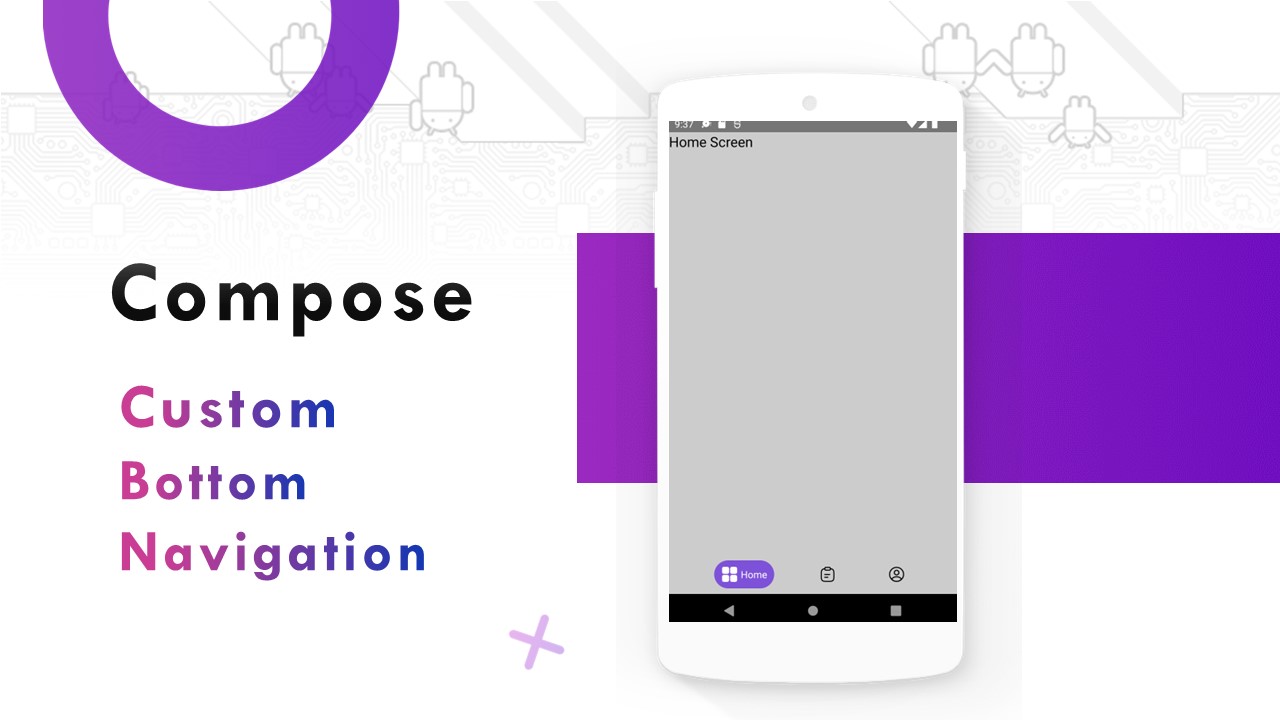Adding Vibrant Colors to Your iOS App with Gradient in SwiftUI
Gradient colors are a great way to add more life and energy to your iOS app. With SwiftUI, creating gradient colors is very easy, and there are several different types of gradients available to choose from. By using a gradient, you can add depth and dimension to your app's design, making it more engaging and visually appealing.
In this tutorial, we'll explore the different types of gradients available in SwiftUI, and show you how to use them in your app. We'll cover how to create a linear gradient, a radial gradient, and an angular gradient, and we'll also show you how to use these gradients with different shapes, such as rectangles and circles.
We have 3 types of Gradient effects:
- LinearGradient,
- RadialGradient,
- AngularGradient.
import SwiftUI
struct ContentView: View {
var body: some View {
let color0 = Color(red: 238/255, green: 130/255, blue: 238/255);
let color1 = Color(red: 0/255, green: 0/255, blue: 255/255);
let gradient = Gradient(colors: [color0, color1]);
VStack {
// Linear gradient color
Rectangle()
.fill(LinearGradient(
gradient: gradient,
startPoint: .init(x: 0.00, y: 0.50),
endPoint: .init(x: 1.00, y: 0.50)
))
.frame(width: 150, height: 70)
Text("Linear color")
.foregroundColor(.black)
// Radial gradient color
Rectangle()
.fill(RadialGradient(
gradient: gradient,
center: .center,
startRadius: 1,
endRadius: 100
))
.frame(width: 150, height: 70)
Text("Radial Gradient")
.foregroundColor(.black)
// Angular gradient color
Rectangle()
.fill(AngularGradient(
gradient: gradient,
center: .center,
angle: .degrees(0)
))
.frame(width: 150, height: 70)
Text("Angular Gradient")
.fontWeight(.semibold)
.foregroundColor(.black)
}
}
}
struct ContentView_Previews: PreviewProvider {
static var previews: some View {
ContentView()
}
}





Comments
Post a Comment